Custom Reverse Thread Drill Bit Manufacturer in China
A thread button bit is a crucial component in percussion drilling, specifically designed for various rock drilling applications in mining, quarrying, tunneling, and construction. It consists of a steel body with tungsten carbide buttons strategically pressed into its face. The “thread” refers to the male or female thread connection that allows it to be screwed onto drill rods, forming a drill string. The “button” design optimizes rock breaking by creating more efficient crushing and chipping action, leading to faster penetration rates and extended tool life. We rely on thread button bits for their durability and consistent performance in challenging geological conditions, ensuring effective and economical drilling operations.
Sinodrills - Your Trusted Reverse Thread Drill Bit Manufacturer from China
Sinodrills is your premier manufacturer of high-quality reverse thread drill bits from China. We specialize in precision-engineered left-hand drill bits, designed for efficient and reliable extraction of broken fasteners. Our commitment to superior craftsmanship and rigorous quality control ensures that every reverse thread drill bit we produce meets global standards, providing exceptional performance and durability for professionals and DIY enthusiasts worldwide. Choose Sinodrills for trusted, effective drilling solutions.
Various Reverse Thread Drill Bit
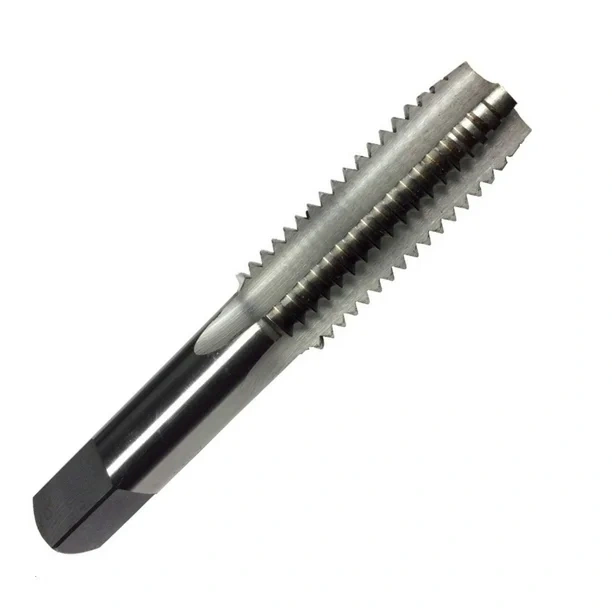
Reverse Thread Drill Bit Sets
For general-purpose use and to be prepared for various fastener sizes, reverse thread drill bit sets are highly recommended. These sets typically include a range of common diameters, allowing you to select the appropriate bit for the specific broken screw or bolt. Having a comprehensive set ensures versatility, as the size of the bit needs to be carefully matched to the fastener for effective engagement and extraction. Investing in a quality set provides a convenient and cost-effective way to equip your toolbox for tackling a multitude of broken fastener scenarios with the right reverse thread drill bit.
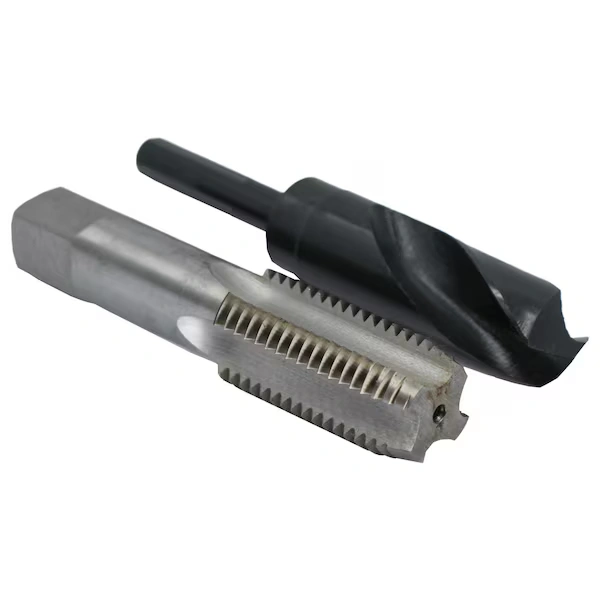
Cobalt Reverse Thread Drill Bit for Hardened Metals
When facing broken fasteners in hardened steel, stainless steel, or other tough alloys, a cobalt reverse thread drill bit is the superior choice. Cobalt bits, usually containing 5% or 8% cobalt alloy, offer significantly higher heat resistance and increased hardness compared to standard HSS bits. This allows them to maintain their sharp cutting edges and structural integrity when drilling through challenging materials that would quickly dull or damage other bits. Using a cobalt reverse thread drill bit ensures more effective drilling and a higher chance of successful extraction from difficult workpieces.
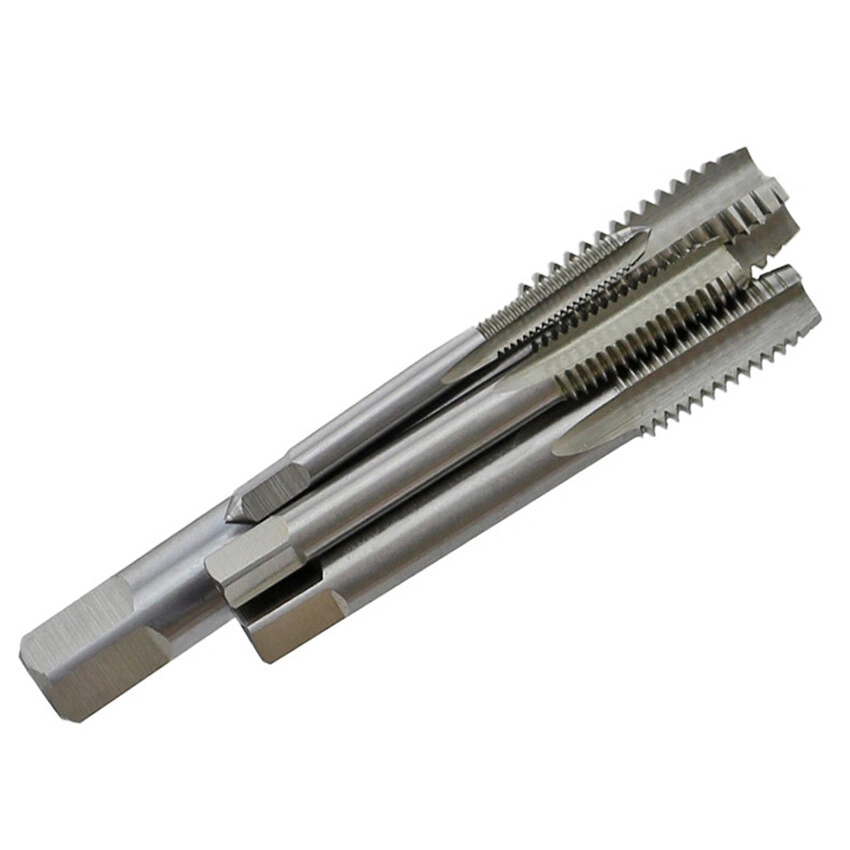
Titanium Nitride (TiN) Coated Reverse Thread Drill Bit
A Titanium Nitride (TiN) coated reverse thread drill bit offers enhanced durability and performance, especially for demanding applications. The TiN coating, a hard ceramic material, provides a golden finish and significantly increases the surface hardness of the drill bit, improving wear resistance. It also reduces friction between the bit and the workpiece, which helps dissipate heat and allows for smoother drilling. This extended tool life and improved cutting efficiency make a TiN-coated reverse thread drill bit an excellent investment for frequent use or when working with various metal types, including tougher ones.
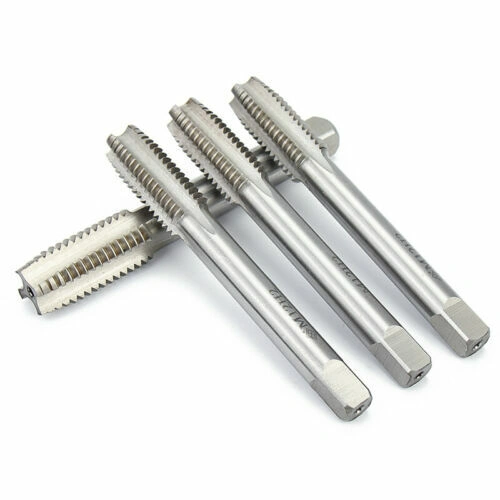
Reverse Thread Carbide Drill Bit
A reverse thread carbide drill bit combines the unique counter-clockwise rotation for extraction with the extreme hardness of carbide. Carbide bits are renowned for their superior wear resistance and ability to cut through very hard materials like hardened steel, cast iron, or exotic alloys that would quickly dull standard HSS bits. Using a reverse thread carbide drill bit is ideal for highly stubborn or deeply embedded broken fasteners in tough metals, maximizing the chances of successful removal without bit breakage.
-
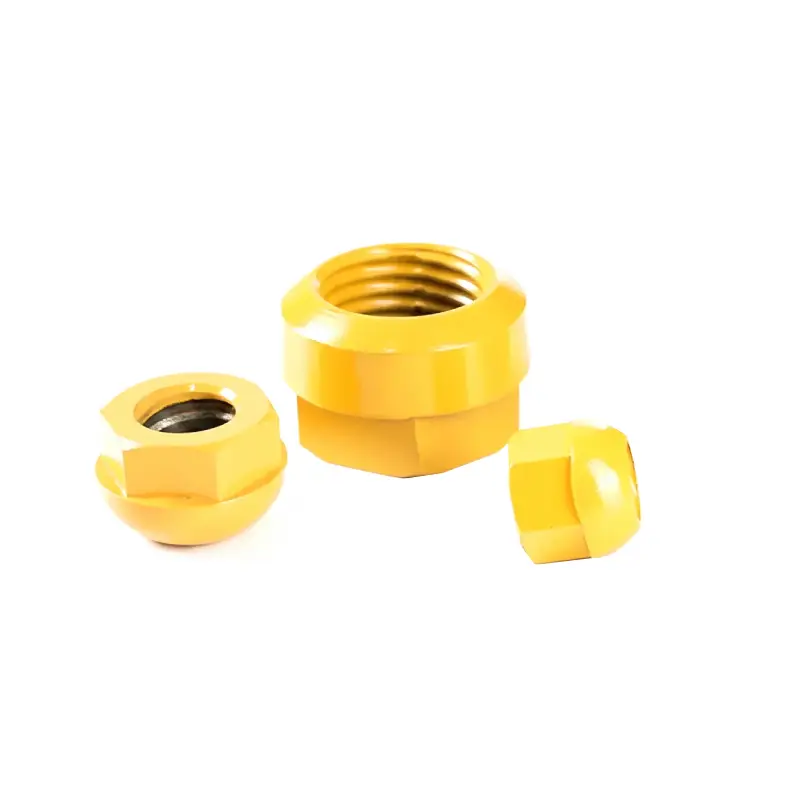
Self Drilling Anchor Spherical Nuts
Read more -
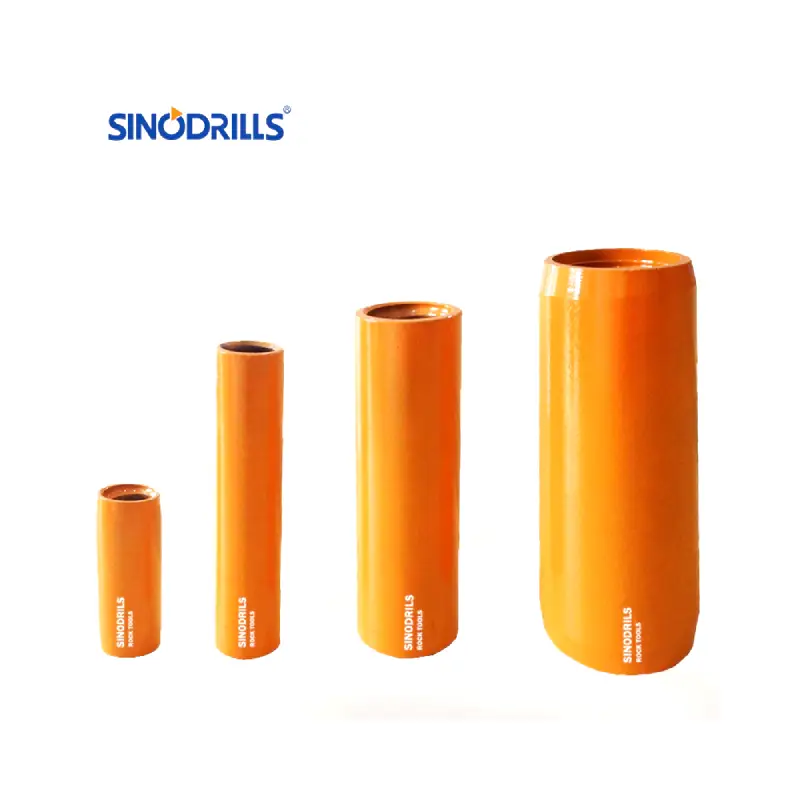
Self Drilling Anchor Couplers
Read more -
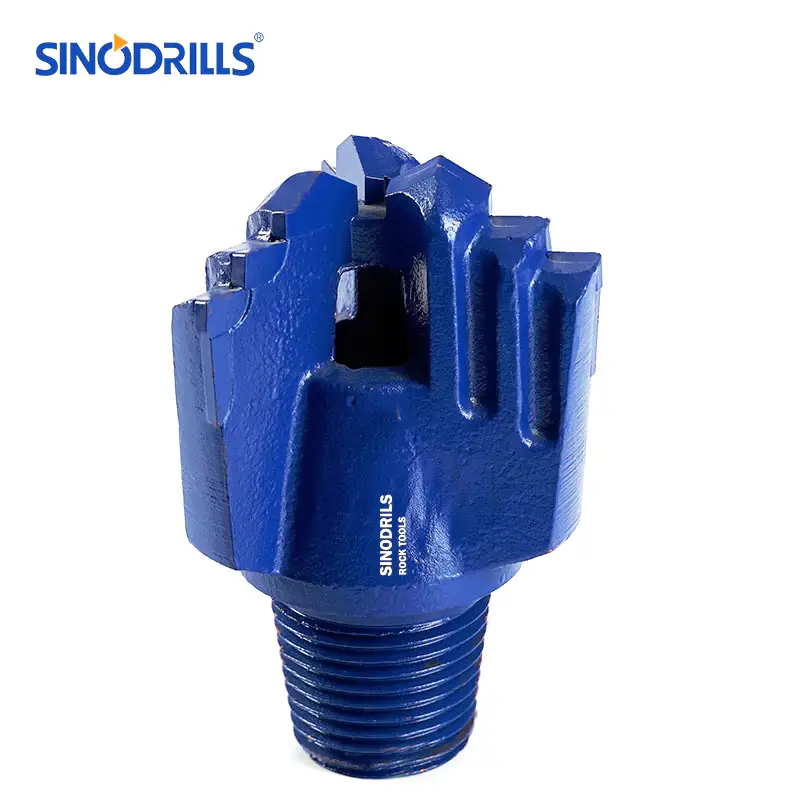
3 Wings Step Drag Bits
Read more -
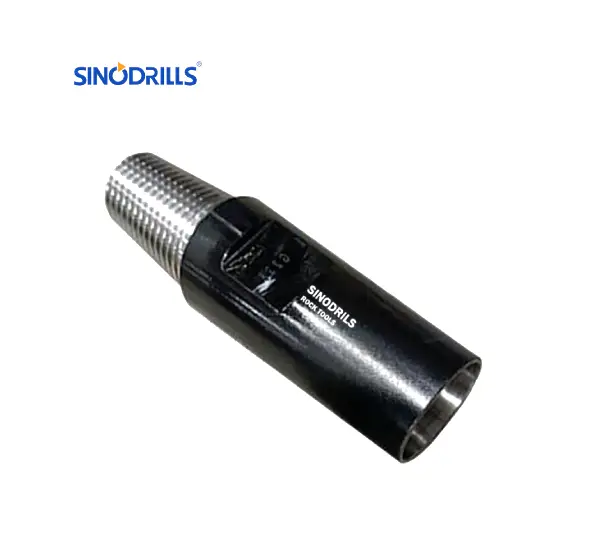
DTH Adapter BOX to PIN
Read more -
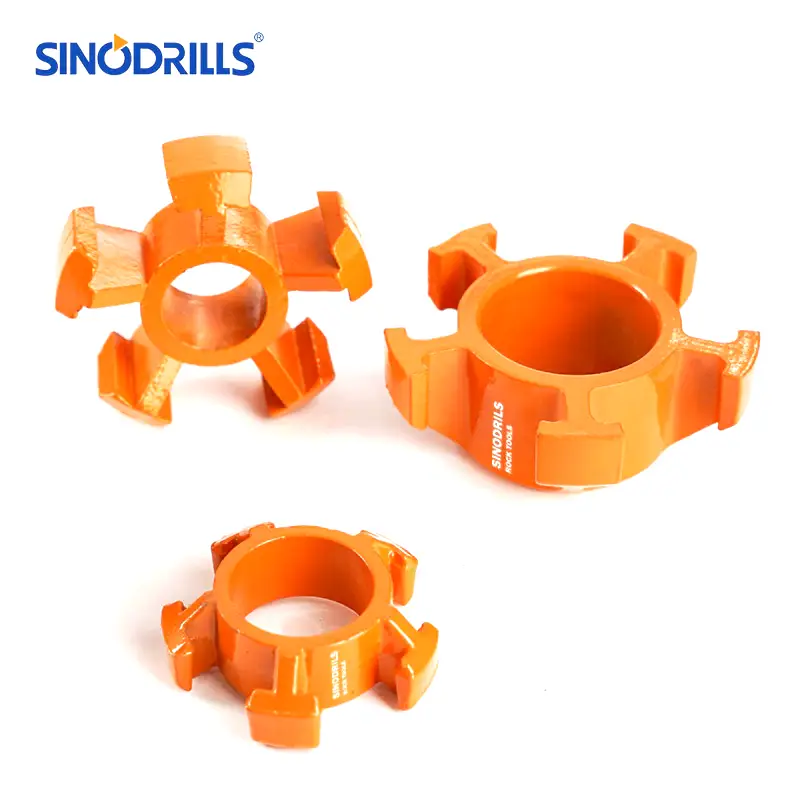
Self Drilling Anchor Centralizers
Read more -
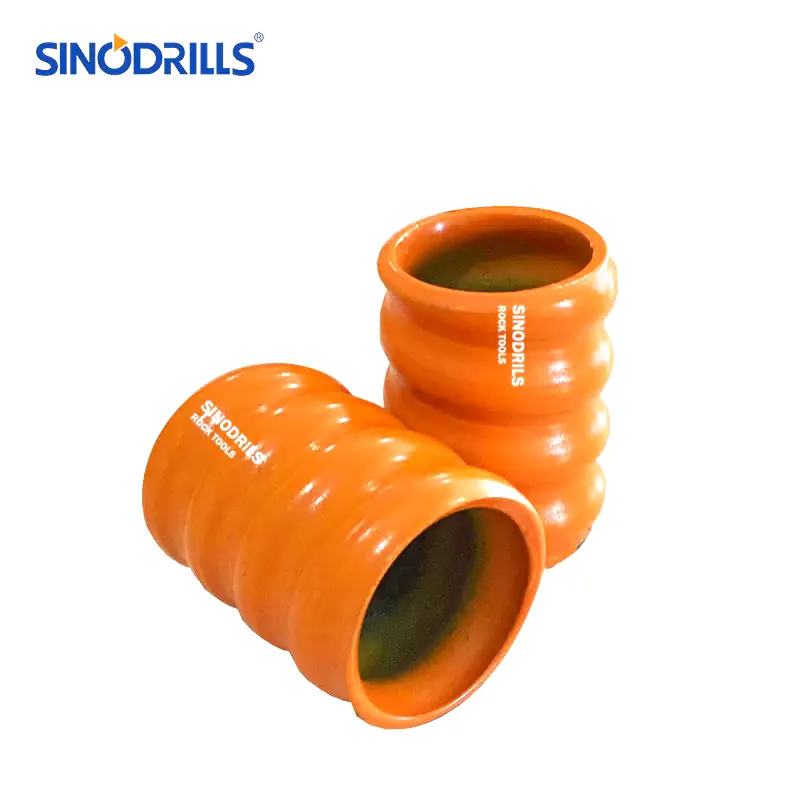
Self Drilling Anchor Adapters
Read more -
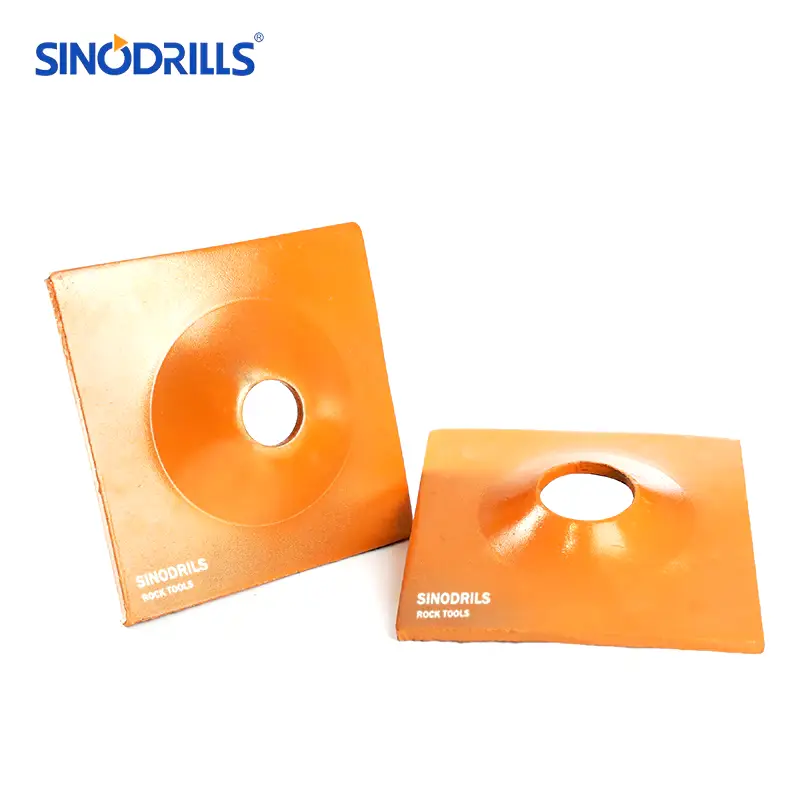
Self Drilling Anchor Plates
Read more -
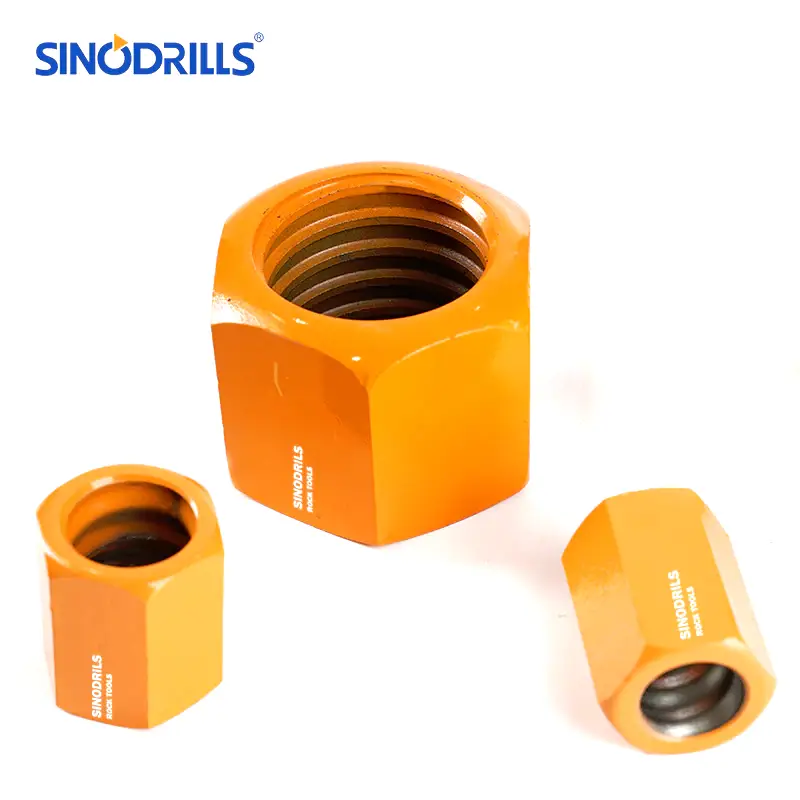
Self Drilling Anchor Hexagonal Nuts
Read more -
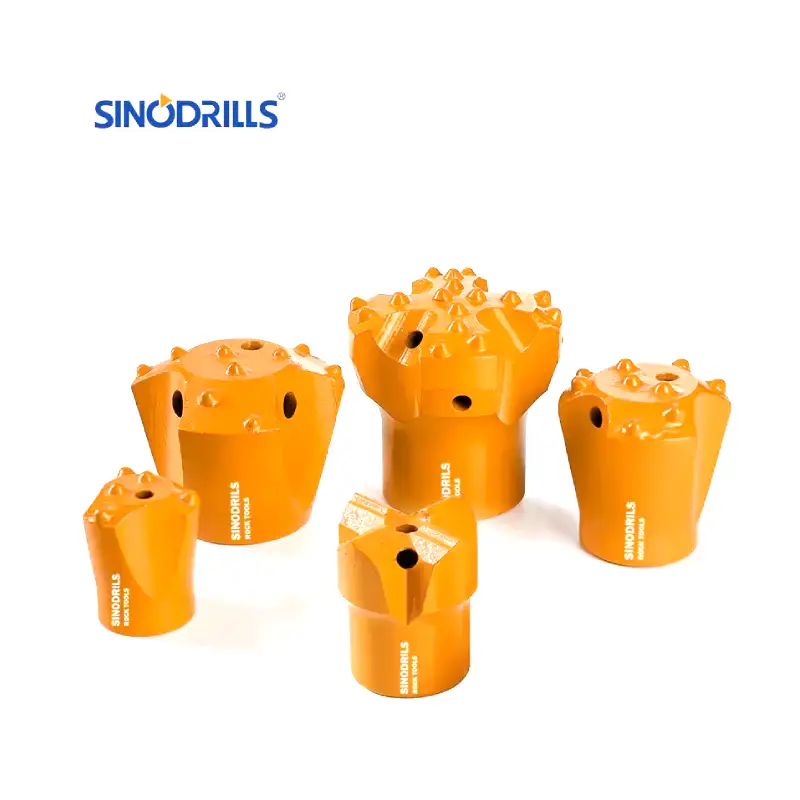
Self Drilling Anchor Bits
Read more -
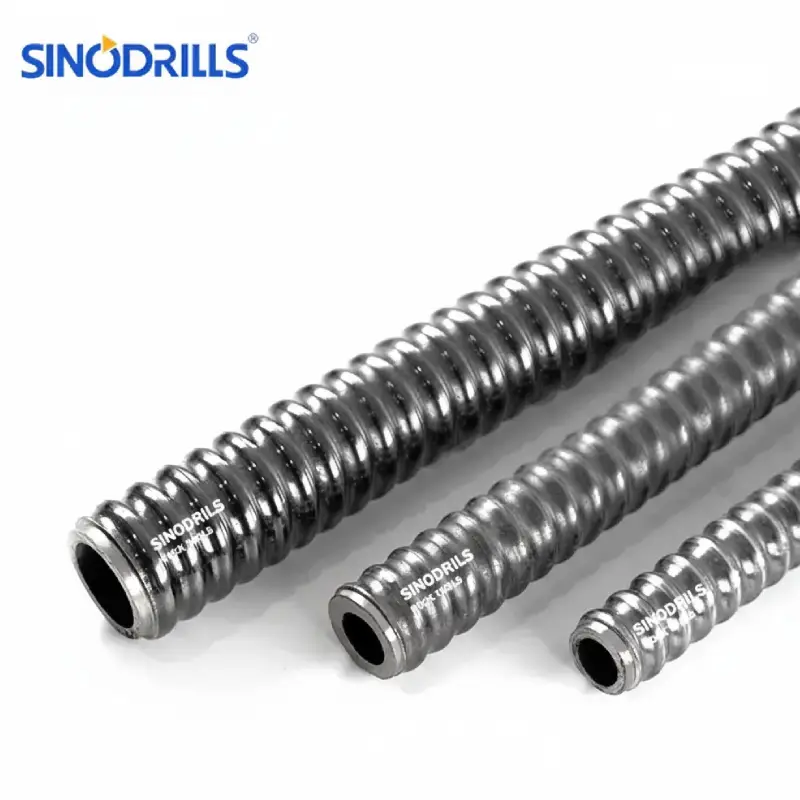
R Thread Self Drilling Anchor Bars
Read more -
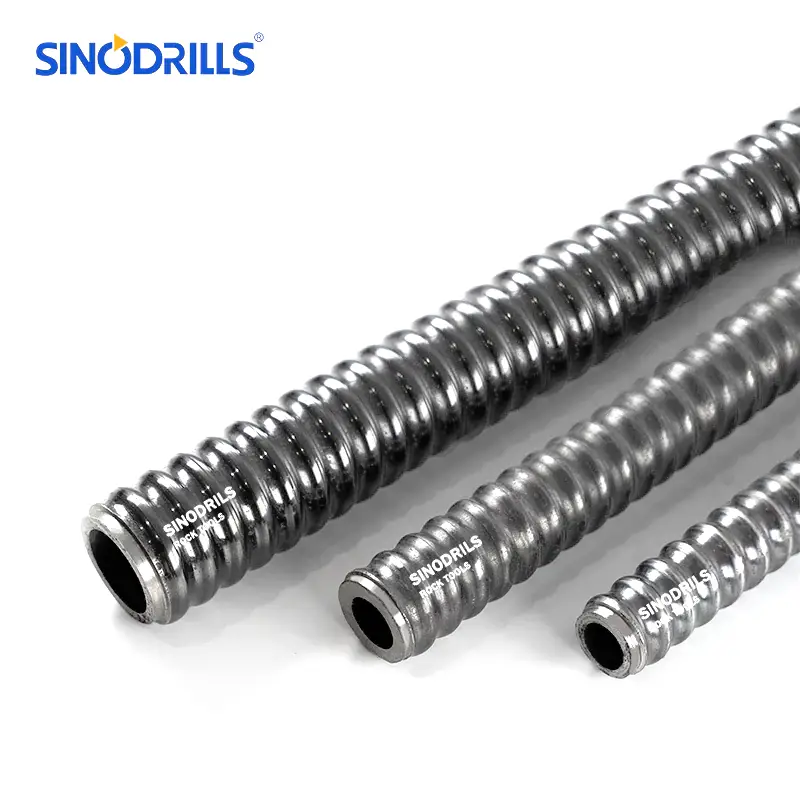
T Thread Self Drilling Anchor Bars
Read more -
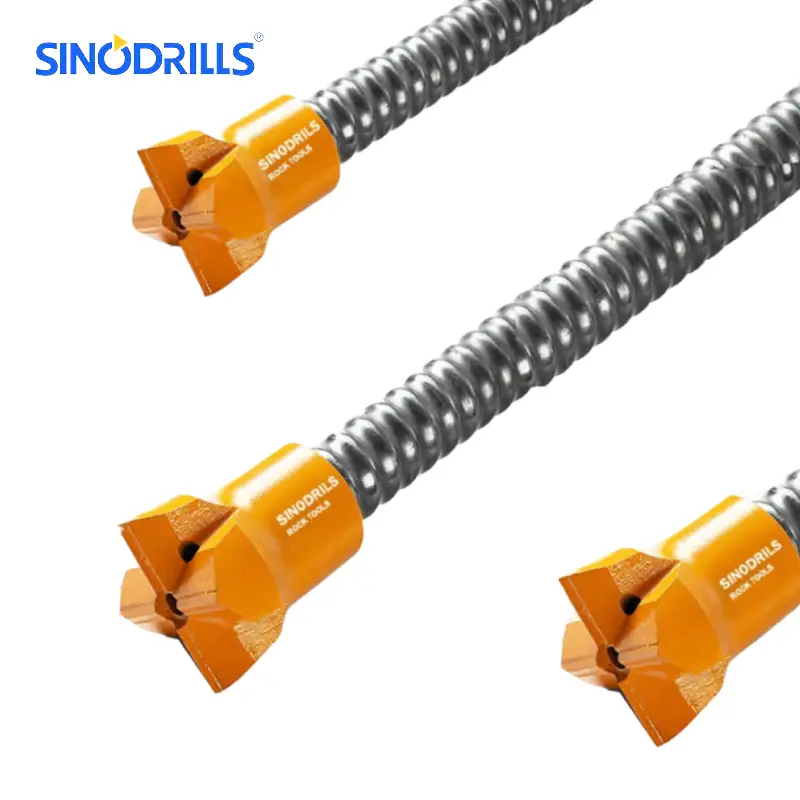
R25 Self-Drilling Anchor Systems
Read more
Customize Your Desired Reverse Thread Drill Bit
The Unique Mechanism of a Reverse Thread Drill Bit
The defining characteristic of a reverse thread drill bit is its counter-clockwise rotation, which fundamentally alters its interaction with a workpiece. Unlike conventional bits that tighten a fastener, the left-hand flute design of a reverse thread drill bit is engineered to create outward pressure and grip as it drills into a broken or seized screw. This action, combined with the bit’s rotation, can often generate enough friction and torque to unscrew the damaged fastener from its hole without causing further damage to the surrounding material or the fastener itself, making extraction efficient.
When to Use a Reverse Thread Drill Bit
A reverse thread drill bit is primarily a problem-solving tool, invaluable in situations where standard methods fail. Its most common application is the removal of broken or seized fasteners, such as stripped screws, snapped bolts, or rusted studs. By drilling into the center of the damaged fastener, the bit’s reverse rotation can often “catch” the fastener, causing it to loosen and back out. This method is particularly effective when the fastener is not overly tightened or corroded, offering a clean and often quick extraction solution without resorting to more aggressive techniques.
Materials and Coatings for Reverse Thread Drill Bits
Like their right-hand counterparts, reverse thread drill bits are manufactured from various materials and often feature specialized coatings to enhance performance and durability. Common materials include high-speed steel (HSS) for general-purpose applications, and cobalt (HSS-Co) for drilling harder metals due to its increased heat resistance and strength. Coatings such as titanium nitride (TiN) or black oxide can further improve wear resistance, reduce friction, and extend tool life. Selecting the appropriate material and coating for a reverse thread drill bit is crucial for effectively tackling different fastener types and material hardness.
Proper Usage and Safety with a Reverse Thread Drill Bit
Effective and safe use of a reverse thread drill bit requires attention to detail. Always start by center-punching the broken fastener to ensure the bit starts accurately. Use a slow drill speed and firm, consistent pressure. It’s crucial to apply cutting fluid, especially when drilling into harder metals, to reduce heat and friction. Always wear appropriate personal protective equipment (PPE), including safety glasses, to shield your eyes from debris. Understanding the limits of the bit and avoiding excessive force will prevent breakage of the reverse thread drill bit itself and minimize damage to the workpiece.
How does a reverse thread drill bit work?
When drilling into a broken fastener, the reverse thread drill bit spins counter-clockwise. As it cuts into the center of the fastener, the left-hand flutes bite into the material.
This action creates a wedging effect and applies counter-clockwise torque. If enough friction is generated, the fastener will begin to loosen and unthread itself from the hole, facilitating its removal.
Send Your Inquiry Now
When should I use a reverse thread drill bit?
You should use a reverse thread drill bit primarily for extracting broken, stripped, or seized fasteners. It’s especially useful when a portion of the fastener is still accessible and can be drilled into.
It’s a great first step before resorting to more aggressive extraction methods like screw extractors, as it can sometimes remove the fastener with minimal effort.
Send Your Inquiry Now
What materials are reverse thread drill bits made from?
Reverse thread drill bits are commonly made from high-speed steel (HSS) for general applications. For drilling harder materials like stainless steel, cobalt (HSS-Co) alloy bits are preferred due to their increased heat and wear resistance.
Some bits may also feature coatings like titanium nitride (TiN) or black oxide to further enhance durability, reduce friction, and extend tool life
Send Your Inquiry Now
how to use reverse thread drill bit
To use a reverse thread drill bit effectively, first, center-punch the exact middle of the broken fastener. This creates a small indentation, preventing the bit from wandering.
Next, securely chuck the reverse thread drill bit into your drill and set the drill to reverse (counter-clockwise) rotation. Begin drilling at a slow speed with firm, consistent pressure. As the bit cuts into the broken fastener, its left-hand flutes are designed to bite and create torque in the unscrewing direction. With luck, the fastener will loosen and back out as you drill. If it doesn’t immediately back out, you’ve at least created a pilot hole for a screw extractor.
Send Your Inquiry Now
Can I use a reverse thread drill bit on any broken screw?
While highly effective, a reverse thread drill bit may not work on every broken screw. It’s most successful on fasteners that are not excessively corroded, cross-threaded, or overtightened.
For very stubborn fasteners, you might need to combine it with other extraction tools like screw extractors, or consider alternative methods.
Send Your Inquiry Now
All-in-one Reverse Thread Drill Bit Solutions for Your Project
We provide all-in-one taper drill rod solutions to simplify your drilling projects. Our extensive range offers high-quality rods suitable for various rock conditions and drilling machines, ensuring optimal performance and durability. From material selection to custom lengths and specialized coatings, we tailor solutions to meet your exact needs, maximizing productivity and reducing downtime for your specific application.


